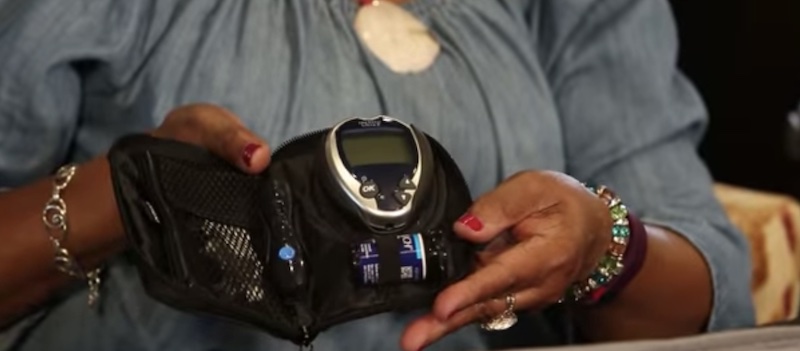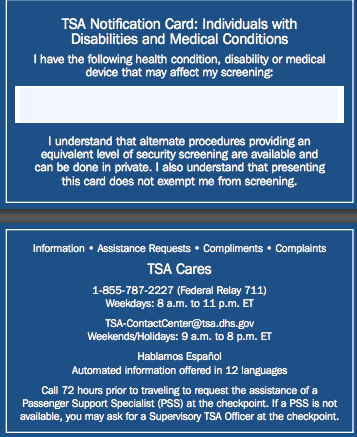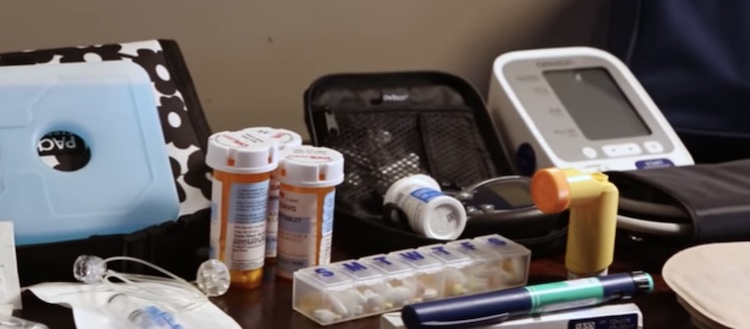Travel Tip Tuesday | Traveling with Medical Equipment
The Best Way to Travel with Diabetes and Medical Equipment
Traveling with medication can be a stressful experience, especially if it includes needles and other medical or sensitive equipment. Communication with TSA officers is key to getting through security easily and efficiently.

The first thing you should do when entering the checkpoint is to notify TSA officers about your medical devices and any other sensitive equipment prior to screening. If you have an insulin pump, glucose monitor, or other medical device attached to your body, inform the officers of what it is and where it is located. In addition, also declare accessories associated with liquid medication such as freezer packs, IV bags, pumps, and syringes. If you have a TSA notification card, make sure to make it available to the TSA officers prior to screening.

If you are traveling with medical equipment or supplies, they will need to undergo separate screening. You are responsible for displaying, handling, and repacking the medication or equipment when screening is required.
The TSA officer will check your supplies and equipment and conduct any necessary testing. Keep in mind that if your insulin pump or glucose monitor is attached to your body, the device is subject to additional screening, including a visual inspection. In some cases, you may be required to conduct a self pat-down of the actual device, with follow-up testing of your hands for any trace of explosives. TSA may also swab equipment and medical devices to test for explosives using explosives trace detection technology.

It is always best to provide the TSA officer with all the information describing your medical condition and equipment. If you have questions about the screening process be sure to contact passenger support or a passenger support specialist.
